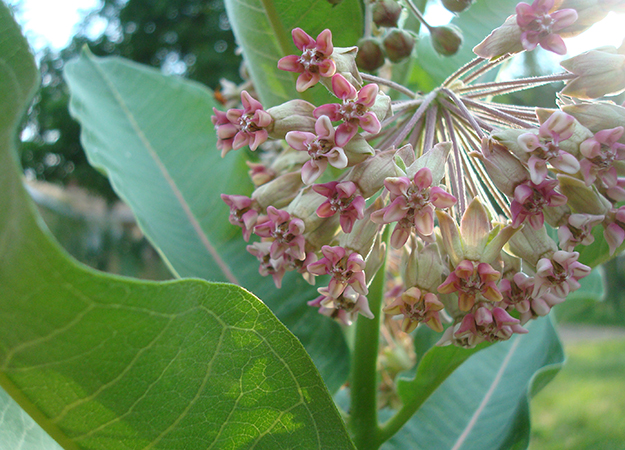Save the milkweed, save the monarch

Expanding housing developments and dwindling field habitats have led to a decline in milkweed, a key food source for monarch butterflies. But planting some in your garden may help the iconic insect thrive, says University entomologist Marvin Gunderman.
Could there soon be a summer without the iconic monarch butterfly?
That’s the question raised by the most recent monarch survey, which shows a dramatic decline in both the numbers of the butterfly and the size of the area they colonize in Mexico.
Each summer the monarch embarks on a 4,000-kilometre migration from Canada and the U.S. to a small area northwest of Mexico City.
Logging in Oyamel’s fir forests was once considered the main culprit behind the decline in butterfly numbers, but McMaster’s resident insect expert points to a new threat.
“They’re vulnerable due to their food source, milkweed,” says entemologist Marvin Gunderman. “It’s their number one food source, but in a lot of places it’s still on the books as a noxious weed. People spray it and rip it out, but it’s a vital food source for the monarch.”
Gunderman also points to the loss of butterfly habitat along the eastern seaboard as one more reason for the monarch’s steady decline.
“Neighbourhoods are expanding, field habitat is being mowed over for more subdivisions, and what’s in the open fields? Milkweed.”
Gunderman says that a significant decline in monarch numbers probably wouldn’t have much of an effect on the food chain, due to the butterfly’s bad taste and toxicity.
“But it’s an iconic butterfly, and we’ve all grown up watching it and wondering how something so delicate can make such a long and difficult migration,” he says. “It’s very symbolic for us.”
He says the issues the monarchs face are similar to those of other insects, including bees, which sometimes receive more attention because of their direct impact on farm crops.
“The simplest approach to turning these declines around is to encourage people to cultivate wild gardens and to plant milkweed,” says Gunderman. “Otherwise the monarch could become a rarer sight.”

